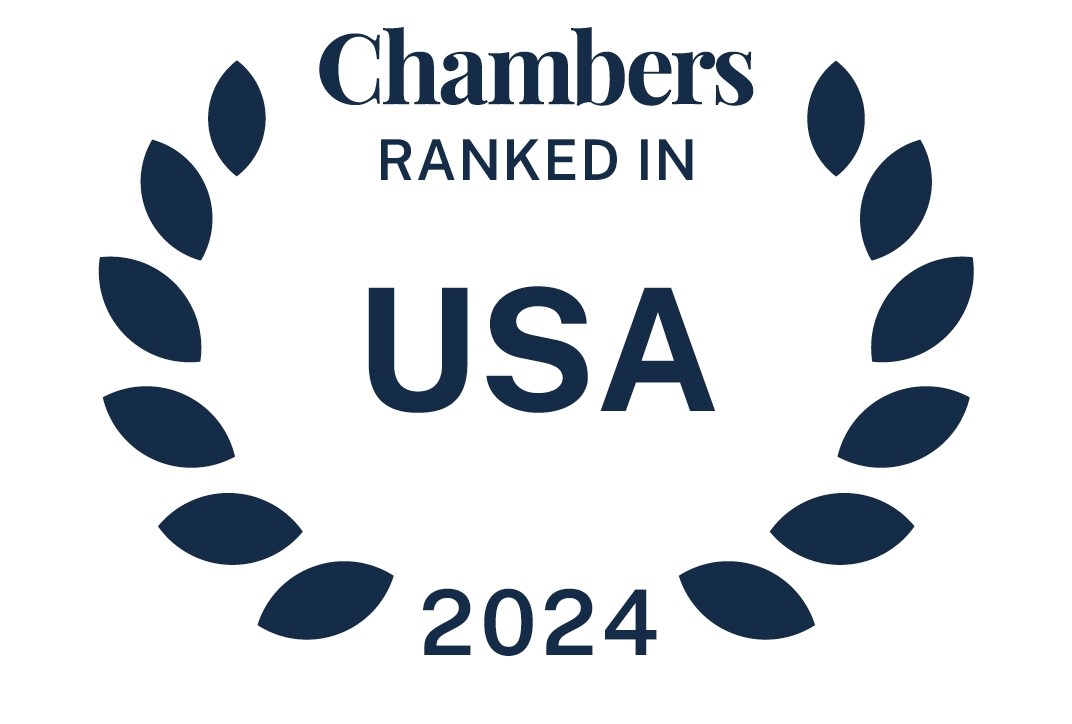The Internal Revenue Service recently issued new guidance modifying the “use it or lose it” rule applicable to health flexible spending arrangements (FSAs) to allow carryover of certain unused health FSA amounts into the next plan year.
On October 31, 2013, the Internal Revenue Service (IRS) issued Notice 2013-71, which modifies the existing requirement that unused amounts in a health flexible spending arrangement (FSA) at the end of a plan year (or applicable grace period) must be forfeited. This new guidance permits an employer to amend its cafeteria plan, effective as early as the 2013 plan year, to allow up to $500 of unused amounts as of the end of the plan year to be carried forward for use in the following plan year. The tradeoff is that a health FSA cannot have both a grace period and a carryover feature; it is one or the other.
Carryover of Certain Unused Amounts Permitted
The “use it or lose it” rule applicable to health FSAs requires unused amounts remaining in a health FSA at the end of a plan year (or applicable grace period) to be forfeited. The new guidance now permits an employer to amend its plan to allow for up to $500 of unused amounts remaining in a health FSA at the end of a plan year to be carried forward to reimburse eligible expenses incurred in the next following plan year. While the employer can elect to allow less than $500 to be carried over into the next following plan year, the same carryover limit must apply to all plan participants. This $500 permitted carryover feature does not affect the $2,500 annual health FSA limit imposed by the Affordable Care Act. Thus, a participant with $500 remaining unused in his or her health FSA at the end of a plan year may be permitted to carryover the $500 into the next plan year, in addition to a maximum contribution of $2,500, for a potential total of $3,000 available reimbursement that next following plan year.
Under prior IRS guidance, health FSAs are permitted to include a two-month and 15-day grace period after the end of the plan year, during which a health FSA participant can incur eligible expenses and use the amounts contributed for the previous year to pay those expenses. The new guidance specifies that a plan that is amended to provide for the carryover of unused health FSA amounts into the following plan year cannot also have a grace period in place for that following plan year. Thus, an employer amending its plan to allow for carryover of unused health FSA amounts may also need to amend the plan to remove any existing grace period feature.
Deadline for Plan Amendments Allowing Carryover
Under the new guidance, an employer electing to allow for carryover of unused health FSA amounts must amend its plan to permit the carryover. This amendment must be adopted on or before the last day of the plan year from which amounts can be carried [...]
Continue Reading
read more

 Subscribe
Subscribe




